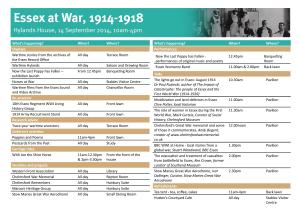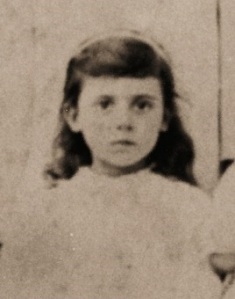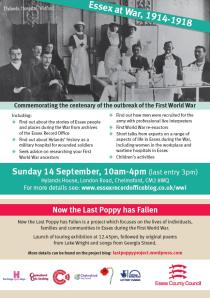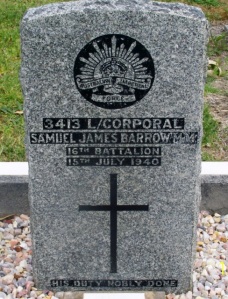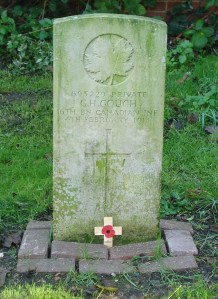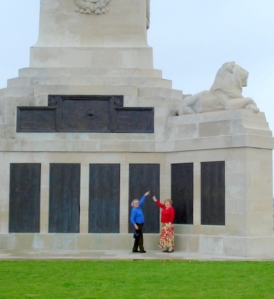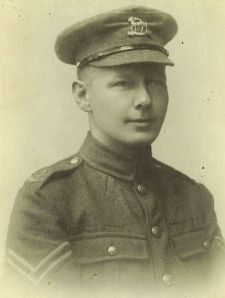The letters of Essex nurse, Kate Luard are due to be published this month, so 100 years on from the day that she enlisted in Queen Alexandra’s Imperial Military Nursing Service Reserve, here is some more about our Essex heroine, from her Great Niece and editor of the new version, Caroline Stevens.
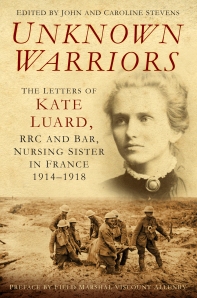
Unknown Warriors, due for release in August 2014
The Letters of Kate Luard, RRC and Bar,
Nursing Sister in France 1914-1918
Preface by Field-Marshal Viscount Allenby
First published by Chatto & Windus in 1930
Revised edition Hardback published by
The History Press August 2014
ISBN: 978-0-7509-5922-3
The words of Unknown Warriors resonate as powerfully today as when first written. The book offers a very personal glimpse into the world of WW1 nursing where patients struggled with pain and trauma, and nurses fought to save lives and preserve emotional integrity.
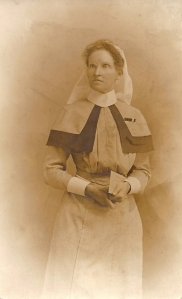
This photograph is of Kate in her QAIMNSR uniform which appeared in the Parish News of Birch, Layer Breton & Layer Marney in November 2002.
The book’s author was one of a select number of fully trained military nurses who worked on ambulance trains and in casualty clearing stations during the First World War, coming as close to the front as a woman could. Kate was already a war veteran when she arrived in France in 1914, aged 42, having served in the Second Anglo-Boer War. At the height of the Battle of Passchendaele, she was in charge of a casualty clearing station with a staff of 40 nurses and nearly 100 nursing orderlies.
She was awarded the RRC and Bar (a rare distinction) and was twice mentioned in Despatches for gallant and distinguished service in the field. Through her letters home she conveyed a vivid and honest portrait of war. It is also a portrait of close family affection and trust in a world of conflict.
In publishing some of these letters in Unknown Warriors her intention was to bear witness to the suffering of the ordinary soldier.
‘It is a tale of heroism, modestly told, but unsurpassed in interest by any War novel yet written’ Field-Marshal Viscount Allenby.
The new edition features:
- Introduction co-authored by Christine Hallett, Professor of Nursing History at the University of Manchester, and Tim Luard, former BBC Correspondent and great-nephew of Kate Luard.
- Postscript including unpublished letters both from Kate to her family and those to her in France.
- Produced by her own family the revised edition offers a fitting tribute to her remarkable work.
The original letters written by Kate and those to her from her family are held in the Luard archives at the Essex Record Office, Chelmsford.
You can find out more on the website: http://kateluard.co.uk or search our blog archive for more.
